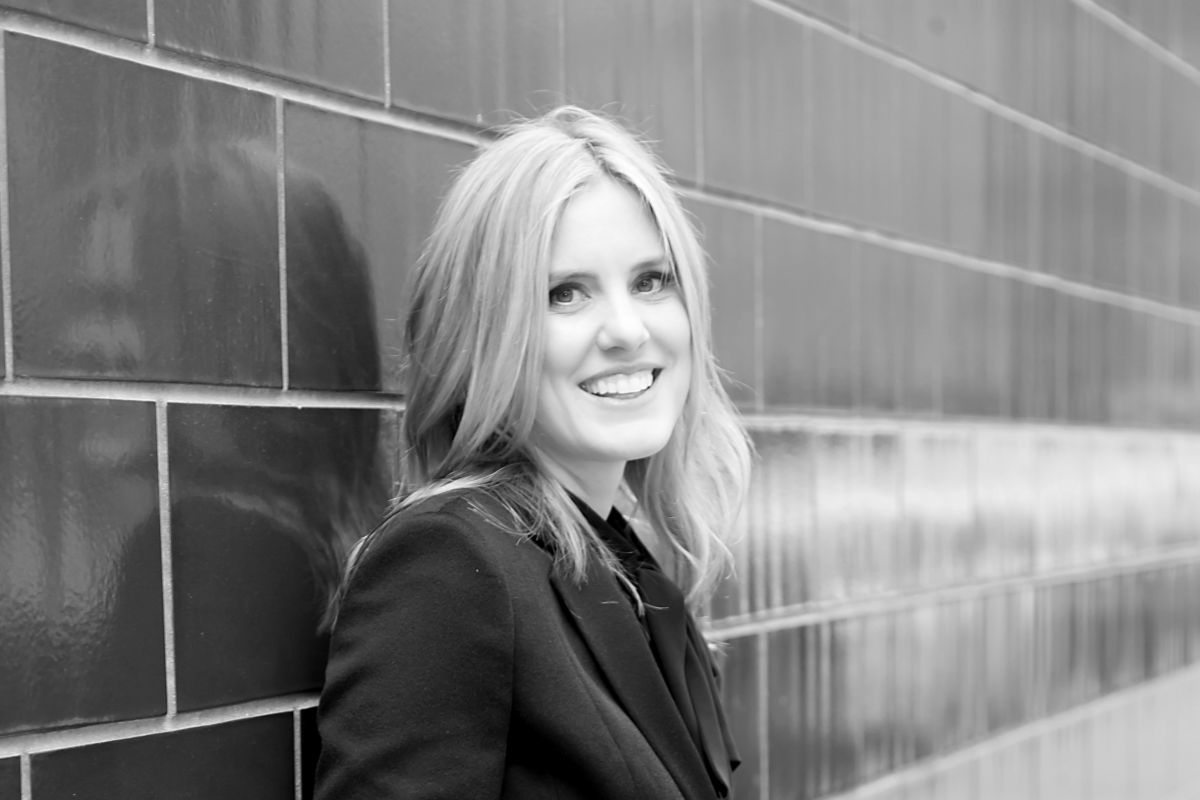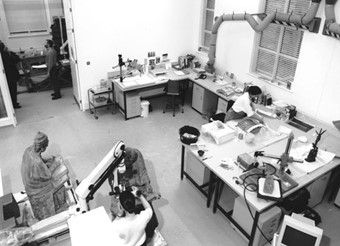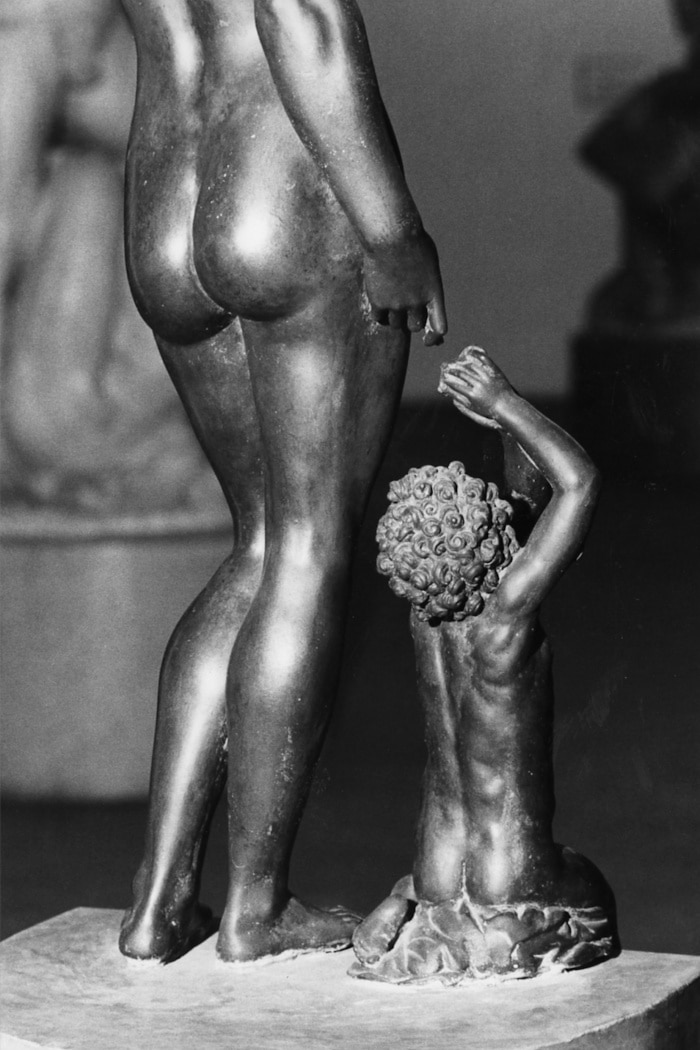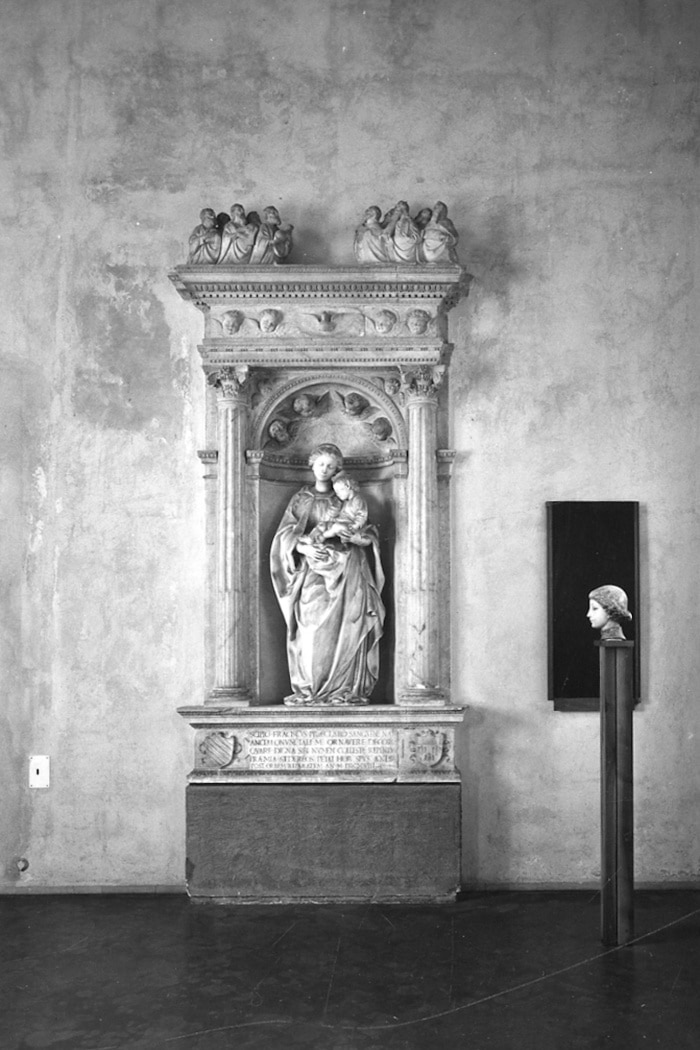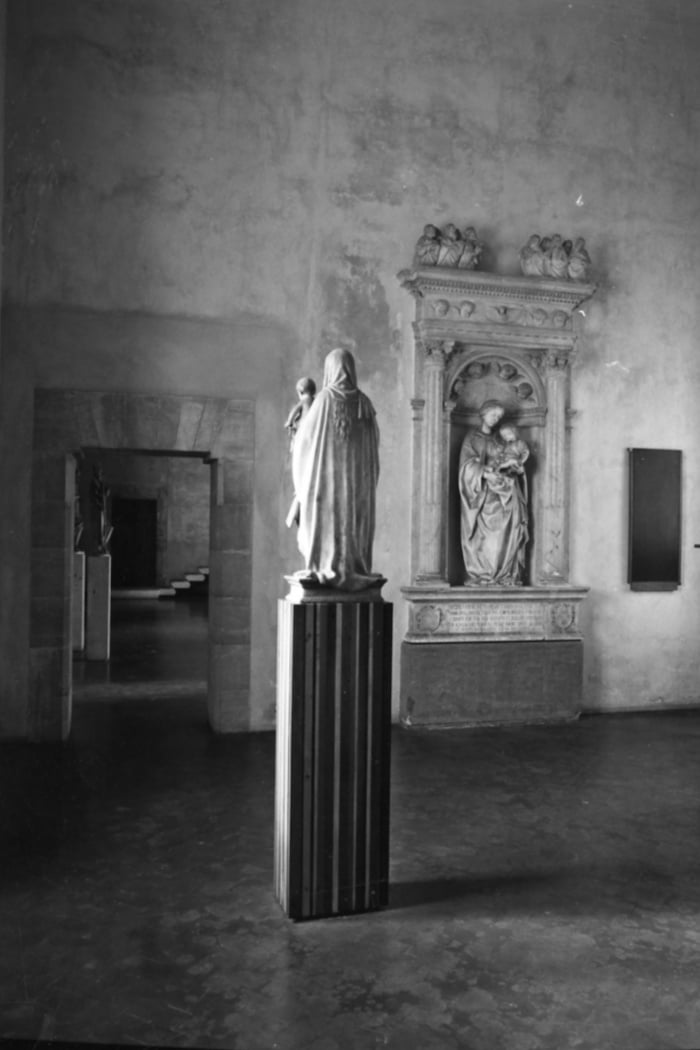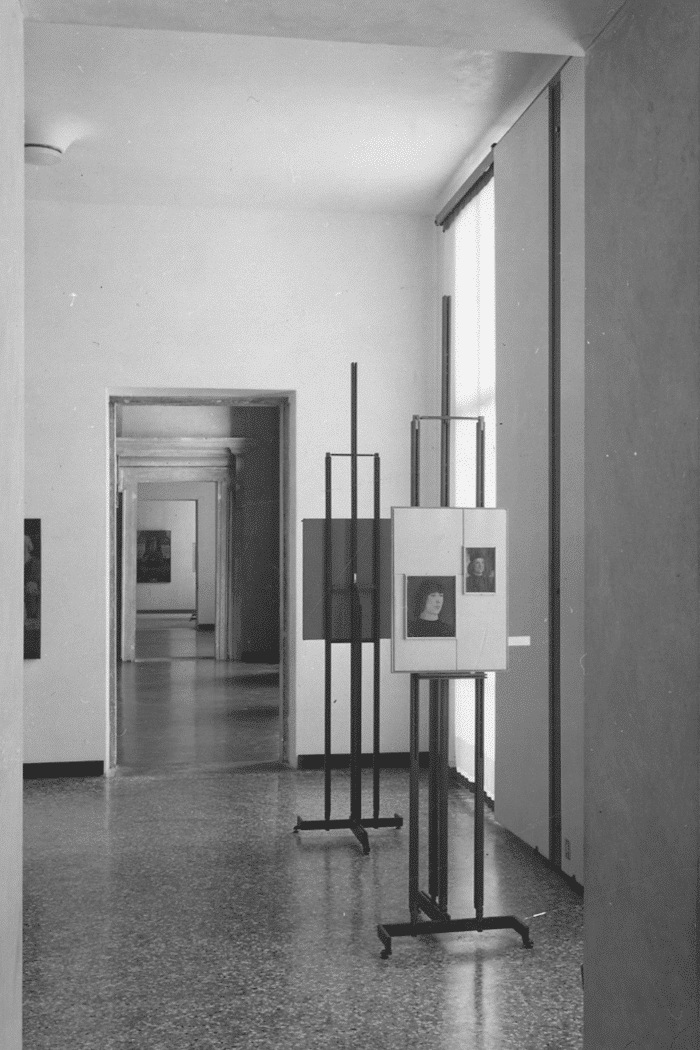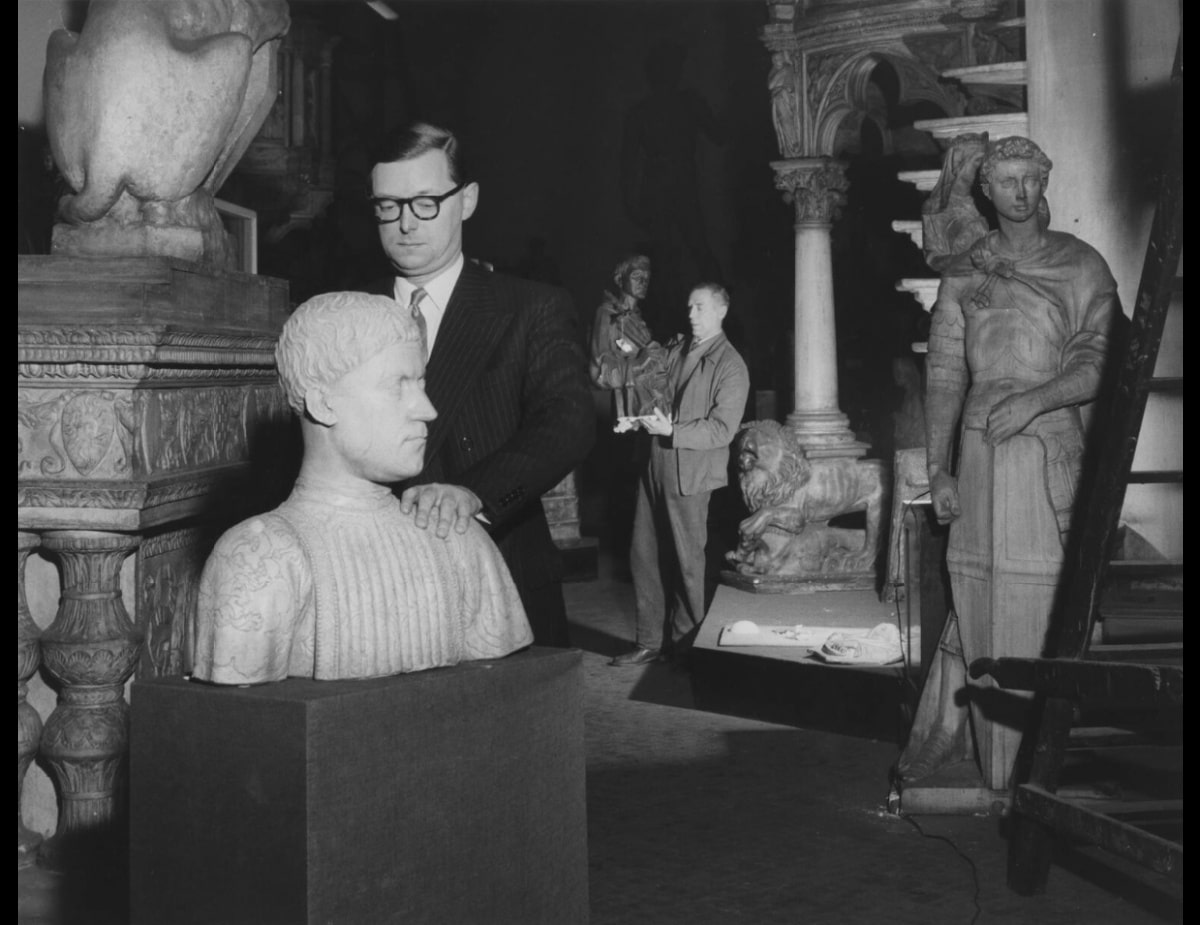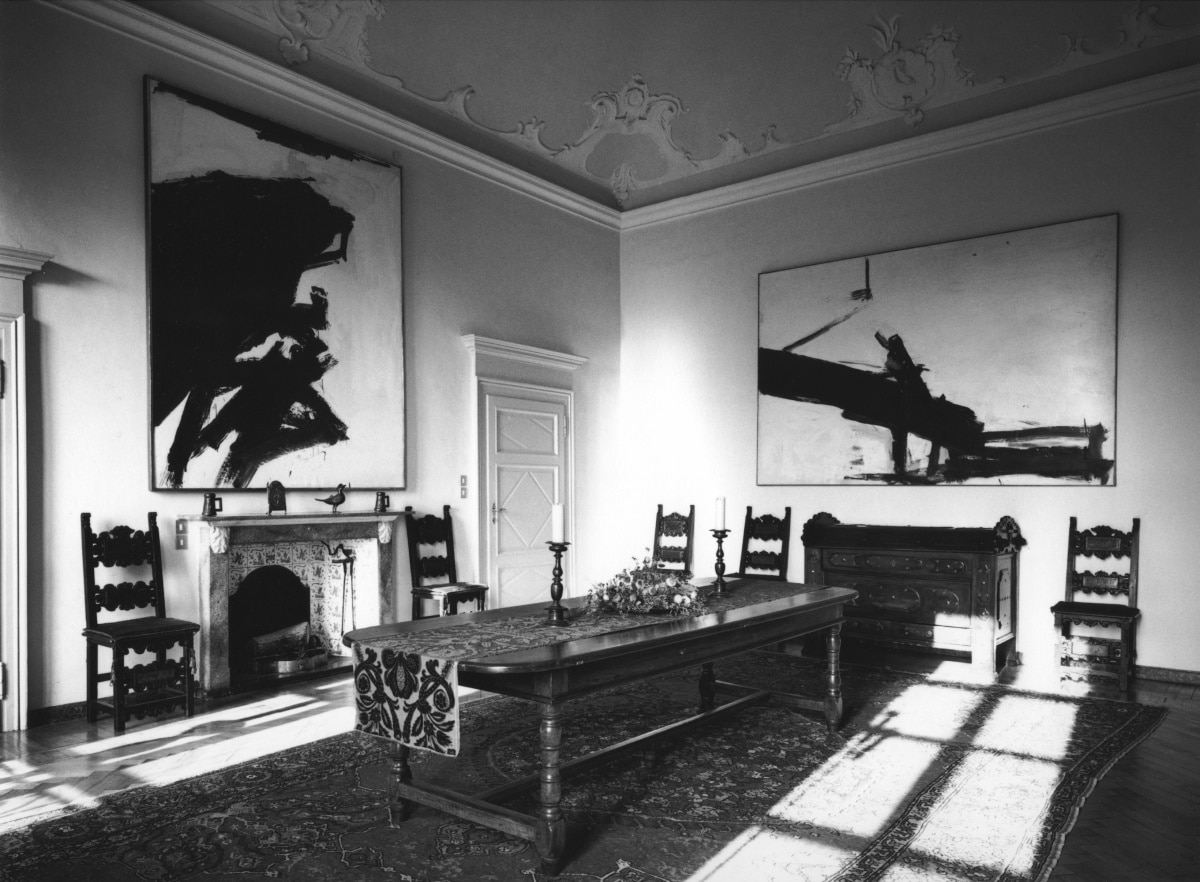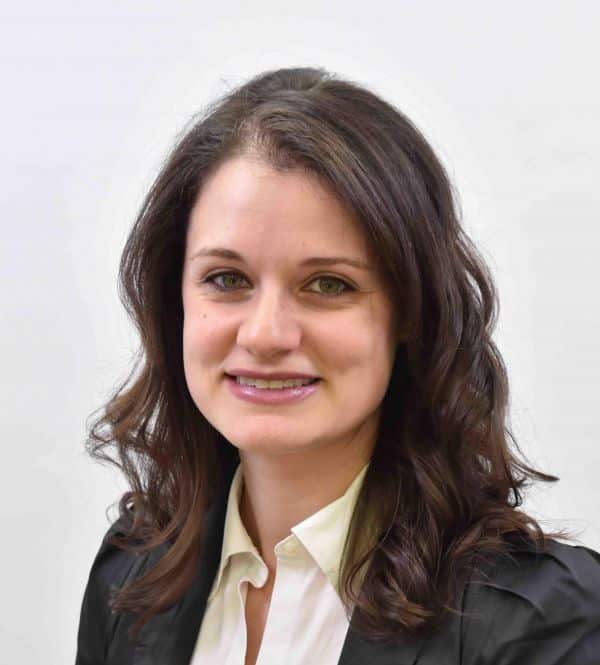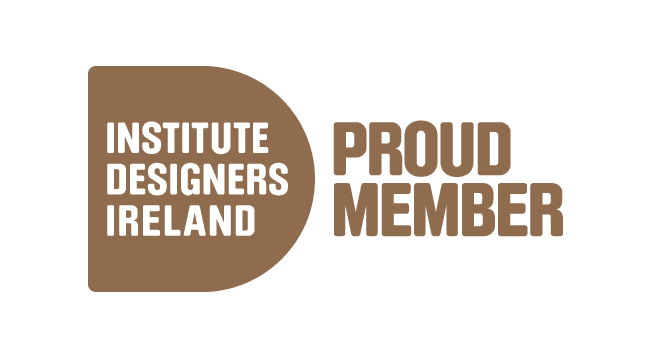Being An Art Curator & The Significance Of Art History
You are a scholar who has worked as a curator at such prestigious institutions as the National Gallery in Washington DC, the J Paul Getty Museum in Los Angeles, CA, and the Los Angeles County Museum of Art, but you have also worked on the commercial side, both at Sotheby’s and, now, as an independent art advisor. How does your experience on the museum side influence your ‘eye’ on the commercial side and vice versa?
From the time I was seventeen, I knew I wanted to be an art historian, and from the time I was twenty, I knew I wanted to specialise in European sculpture.
Early into my studies, I read Learning to Look, the memoir of the great art historian John Pope-Hennessy, where he explained that sculpture “cannot be studied from books but must be touched and handled and moved about if it is to be properly understood.” The Pope (as he came to be known) encouraged his students to handle sculptures, particularly bronzes, often. By the time I started my graduate studies, curators were no longer encouraged to frequently touch works of art in museums in the same way they did in his time. Working in the trade, particularly an auction house, was the best way to get this first-hand experience.
As a curator, I worked to make art more accessible and demonstrate that art can reveal non-material values. Now I apply this when working with collectors – demystifying and (hopefully) enlightening the process of understanding and collecting European art, especially sculpture.



